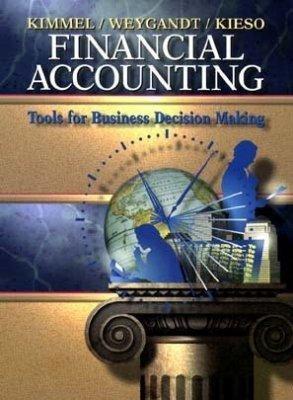E E F - D NRUR 8.4 82 8.4 8.4 8.1 7.7 75 72 6.9 6.5 1 Penod 2 Mar-07 3 Jun-07 4 Sep-07 5 Dec-07 6 Mar-08 7 Jun 08 8 Sep.08 9 Dec-08 10 Mar-09 11 Jun-09 12 Sep.09 13 Dec-09 14 Mar-10 15 Jun-10 16 Sep-10 17 Dec-10 18 Mar 11 19 Jun-11 20 Sep-11 21 Dec-11 22 Mar-12 23 Jun-12 24 Sep-12 25 Dec-12 26 Mar-13 27 Jun-13 28 Sep-13 29 Dec 13 30 Mar 14 31 Jun-14 32 Sep-14 33 Dec-14 34 Mar-15 35 Jun-15 36 Sep-15 37 Dec-15 38 Mar 16 39 Jun-16 40 Sep-16 41 Dec-16 42 B Sales 72962 81921 97729 142161 145592 117129 114159 151402 153907 100144 123242 128497 176076 180440 162665 220818 202415 211780 163710 200135 174200 182556 198990 243700 253142 218755 225422 253653 257156 202568 224482 229879 289321 266095 262938 322052 313769 315011 264939 301479 Inc 218 237 263 293 318 359 404 436 475 534 574 622 667 702 753 796 858 870 934 1010 1066 1096 1162 1187 1207 1242 1279 1318 1346 1395 1443 1528 1613 1646 1694 1730 1755 1842 1832 1882 6.3 6.4 63 6.2 6.3 6.5 6.8 7.9 8.3 8 8 00 8 8.9 9.6 102 10.7 11.5 112 11 10.1 9.2 8.5 8 8 7.9 79 7.9 7.8 7.6 O O O 1. Now you can expand your analysis to see whether a multiple-regression model would work well. Estimate the following model: SALES = bo + b}(INC) + b2(NRUR) Do the signs on the coefficients make sense? Explain why. 2. Test to see whether the coefficients you have estimated are statistically different from zero, using a 95 percent confidence level and a one-tailed test. 3. What percentage of the variation in sales is explained by this model? 4. Use this model to make a sales forecast (SFI) for 2017Q1 through 201704, given the previously forecast values for unemployment (NRURF) and income (INCF) as follows: Period NRURF (%) INC ($ SF1 Billions) Mar-17 7.6 1,928 Jun-17 7.7 1,972 Sep-17 7.5 2,017 Dec-17 7.4 2,062 5. Actual sales for 2017 were: Q1 = 334,271; Q2 -328,982; Q3 - 317,921: Q4 - 350,118. On the basis of this information, how well would you say the model worked? What is the mean absolute percentage error (MAPE)? Plot the actual data for 2017Q1 through 201704 along with the values predicted for each quarter based on this model. (Refer to graph)








